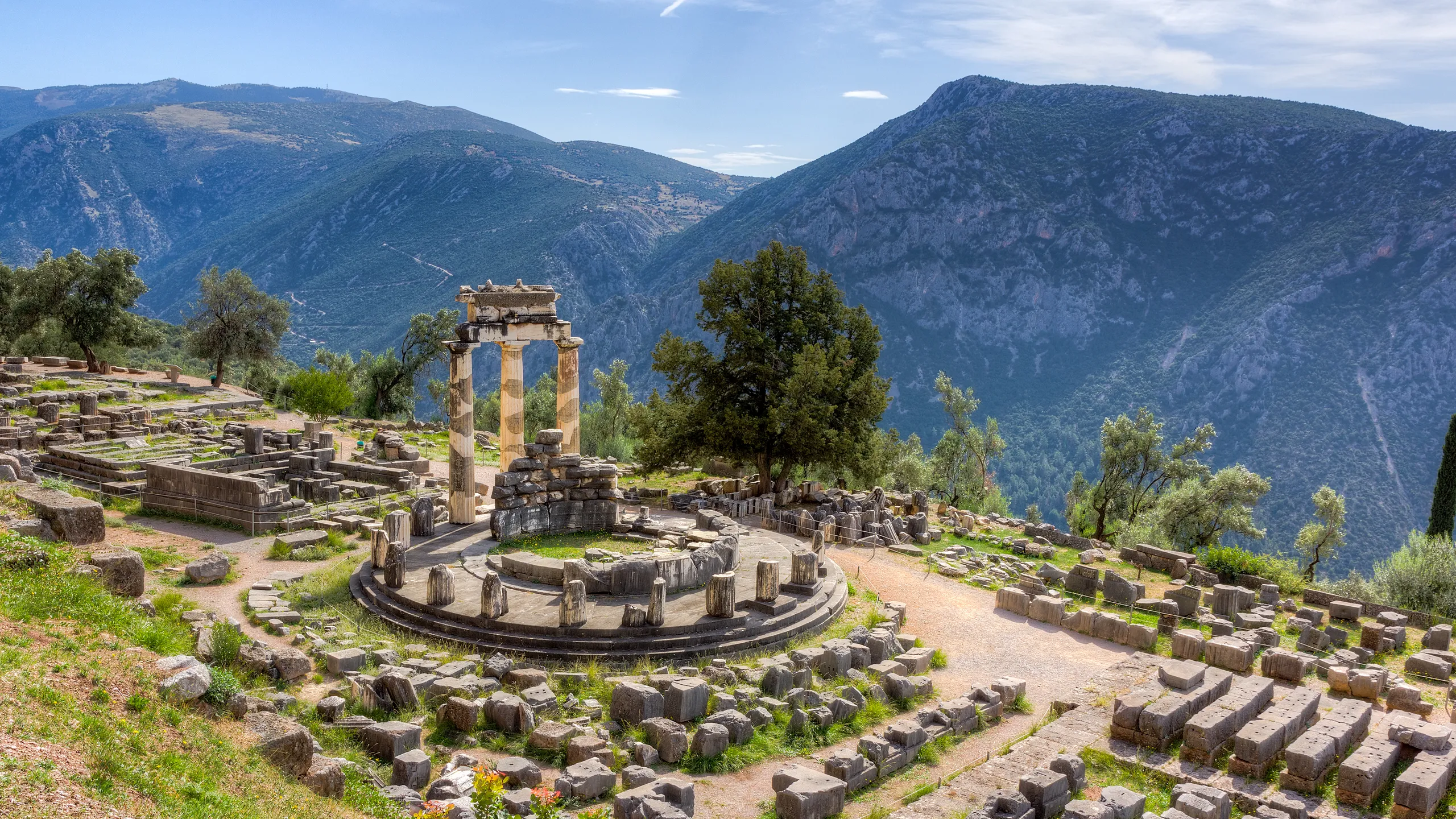UNESCO recently added several new sites of “outstanding universal value” to its prestigious World Heritage List.
Among the 34 new additions (37, if you count previously recognized sites with significant boundary changes) are the Trans-Iranian Railway, Europe’s grand spa towns, a historic French lighthouse, 14th-century Italian frescoes, adobe mosques in Côte d’Ivoire, an ancient solar observatory in Peru, and India’s “floating brick” temple. These were chosen from nominations submitted in 2020 and 2021.
Countries put in tremendous effort to get their wilderness areas, archaeological wonders, and cultural landmarks on the list, which now includes around 1,153 sites worldwide. Being listed brings prestige, public attention, and tangible benefits—like tourism revenue, stronger preservation efforts, and funding for restoration projects.
A Russian Orthodox chapel and pavilion, part of Germany’s Darmstadt Artists’ Colony on Mathildenhöhe, also made the cut.
In 2022, UNESCO will mark the 50th anniversary of the World Heritage Convention, a treaty aimed at fostering global cooperation in identifying and protecting invaluable cultural and natural sites.
UNESCO doesn’t see the list as just a showcase of extraordinary places. World Heritage status requires the host nation to safeguard the site. The 194 countries that have signed the convention must not only propose new sites but also monitor the protection and management of existing ones.
If a site is at risk—whether from natural disasters, war, pollution, lack of funding, or overdevelopment—signatory nations are expected to help with emergency aid when possible.
The World Heritage program has had major preservation wins. It successfully pushed back against a highway near Egypt’s Giza Pyramids, blocked a salt mine threatening Mexico’s gray whale nursery, and stopped a proposed dam above Africa’s Victoria Falls. Funded by member dues, the program has financed park rangers, land purchases, visitor centers, and temple restorations. Though it relies more on persuasion than legal force, over nearly 50 years, the initiative has become a powerful force in protecting the world’s most special places.
But what happens when a site loses its World Heritage status, as Liverpool recently did? As Smithsonian reported, the city argued that redeveloping its waterfront shouldn’t disqualify it. However, a U.N. committee ruled that the changes caused “the irreversible loss of attributes conveying the outstanding universal value of the property.”
Liverpool is only the third site ever removed, joining Oman’s Arabian Oryx Sanctuary and Germany’s Dresden Elbe Valley. Now, concerns are growing that other sites—like Stonehenge and the Great Barrier Reef—could face delisting.
Threats to global treasures are increasing, and sadly, 52 sites are now on the List of World Heritage in Danger. Not all are as remote as Madagascar’s Atsinanana rainforests, which face illegal logging and lemur hunting.
In the U.S., Everglades National Park is on the endangered list due to severe damage to its aquatic ecosystem. The U.S. itself requested the designation, showing how international cooperation might help solve urgent conservation challenges.
UNESCO also added France’s oldest working lighthouse, Cordouan, built during the reigns of Henry III and Henry IV.
Another UNESCO list safeguards fragile cultures, traditions, skills, and knowledge tied to specific places. The Intangible Cultural Heritage of Humanity list celebrates local music, festivals, crafts, and foods. Countries nominate their traditions, and a UNESCO committee decides whether practices like Chinese shadow puppetry or Argentine tango deserve recognition.
As of 2020 (the latest update), 584 traditions are listed, including Uzbek festival wit, Kyrgyz yurt-building, and Brazil’s capoeira martial art. The French gastronomic meal is also honored—for its structured courses (apéritif, starter, main, cheese, dessert, liqueurs), wine pairings, and elegant table settings. Passed down through generations, it strengthens social bonds and reflects French identity. Other entries include Mexico’s Day of the Dead, Peking opera, and Portuguese fado.
More traditions are added yearly, with the committee reviewing 2021 nominations this November. It all ties back to UNESCO’s mission: promoting peace by respecting the world’s diverse cultures and shared humanity.
